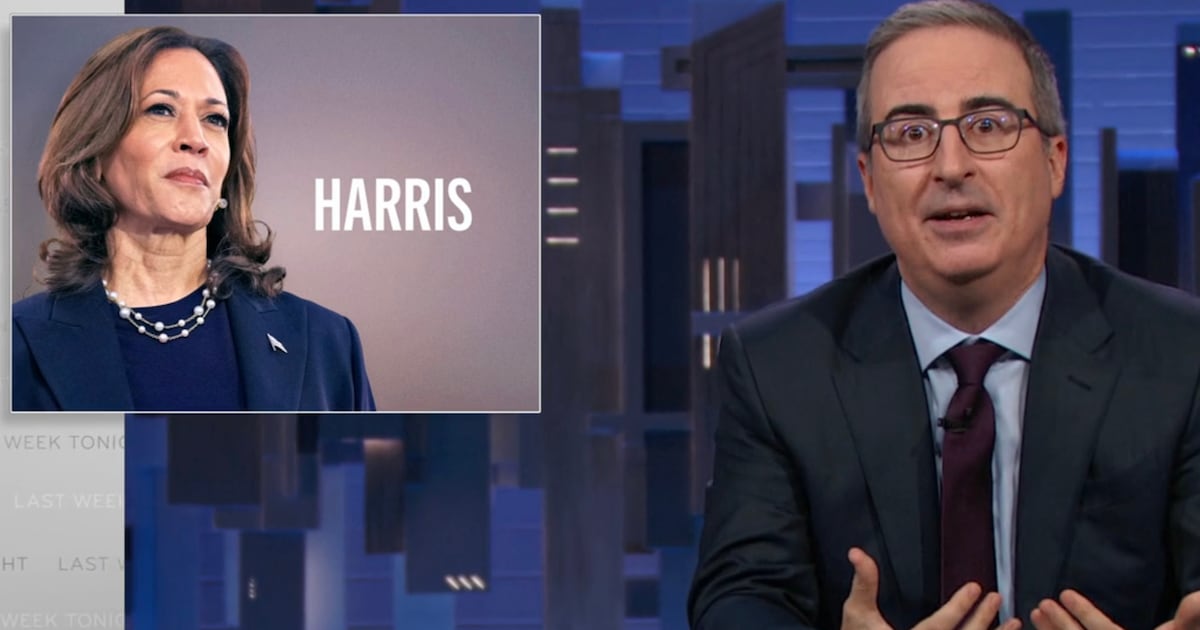Late Friday night in Paris, multiple gunmen opened fire on diners and concert-goers as part of what appears to have been a coordinated, city-wide terror attack that also included several apparent bomb blasts—and which killed at least 129 people.
As bombs exploded and panic spread, one witness described assailants firing Kalashnikov-style assault weapons through the plate-glass windows of the Petit Cambodge restaurant in the north-central part of the city.
GALLERY: Photos From the Attack on Paris (PHOTOS)
ADVERTISEMENT

France outlaws most gun ownership and it’s almost impossible to legally acquire a high-powered rifle such as an AK-47, so where did the weapons in the Nov. 13 terror attack—not to mention the bloody January assault by Islamic terrorists on the Paris office of Charlie Hebdo magazine and the 2012 shootings by a militant in Toulouse—come from?
The answer: Eastern Europe, most likely, where the trafficking of deadly small arms is big, shady business. And where local authorities find it difficult to intervene.
The French government and the European Union know they have a foreign gun problem. But as the chain of attacks illustrates, efforts to tamp down on the flow of weapons have, so far, failed to disarm terrorists.
French police reportedly seized more than 1,500 illegal weapons in 2009 and no fewer than 2,700 in 2010. The number of illegal guns in France has swollen by double-digit percentages annually for several years, Al Jazeera reported, citing figures from Paris-based National Observatory for Delinquency.
The seizures likely made just a tiny dent in the pool of available weapons. “The fact that a Kalashnikov or a rocket launcher can be acquired for as little as 300 to 700 Euros in some parts of the EU indicates their ready availability for [organized crime groups], street gangs or groups orchestrating high-profile attacks resulting in significant numbers of casualties,” Europol, the EU’s law-enforcement agency, explained in a policy brief.
Many of the weapons flow from Russia via the Balkan states into the rest of Europe including France. Russian firms manufactured the guns and supplied them to armed groups battling each other in Bosnia, Serbia, and Kosovo. When those conflicts ended in the mid- to late-1990s, the weapons remained—as many as six million of them, according to the Switzerland-based Small Arms Survey (PDF).
Correctly anticipating foreign demand for military-grade weaponry, traffickers defied half-hearted efforts on the part of governments to remove guns from circulation. “Most of the legislation in the region is still in its early stages and untested,” Small Arms Survey concluded.
Guns soon became a major export commodity in the Balkans. Western Europe is the target market. “Many firearms trafficked in Europe come from the western Balkans after being held illegally after recent conflicts in the area,” Europol reported. In just one case from 2014, Slovakian cops intercepted a truck trying to enter the country with “a large number of grenades and firearms,” according to Europol. “The vehicle was travelling from Bosnia and Herzegovina to Sweden.”
And it’s not like the stream of weapons will end when dealers in the Balkans run out of war-vintage leftovers. “One of the reasons we see a lot of Kalashnikovs and AK-47s on the black market is because Russia has just upgraded the Kalashnikov,” Kathie Lynn Austin, an expert on arms trafficking with the Conflict Awareness Project, told Al Jazeera, “and that has created massive stockpiles of the older models.”
On March 6, 2012, French lawmakers passed a law tightening up gun regulation and increasing penalties for illegal ownership. Just five days later, Mohamed Merah—a French jihadist of Algerian descent—went on shooting rampage, killing seven people in three separate attacks in around Toulouse before a police sniper shot him dead.
Merah’s arsenal included an AK-47, an Uzi, a Sten submachine gun, a shotgun, and several pistols—all illegal. “He could only supply himself on the black market or from crime organizations, that’s clear,” Thierry Coste, a pro-gun lobbyist, told The Christian Science Monitor.
In October 2014, French police raided several homes across the country, breaking up an Internet-based smuggling ring, arresting 48 suspected traffickers, and seizing hundreds of illegal guns. Three months later on Jan. 7 this year, jihadist gunmen wielding AK-47s shot up Charlie Hebdo in Paris, killing 12 people.
Weapons are still flowing into the country and into the hands of violent extremists. And on a Friday night in November, heavily-armed terrorists opened fire yet again, in a lawful country with few legal guns that has the misfortune to be surrounded by lawless countries… with lots of guns.





